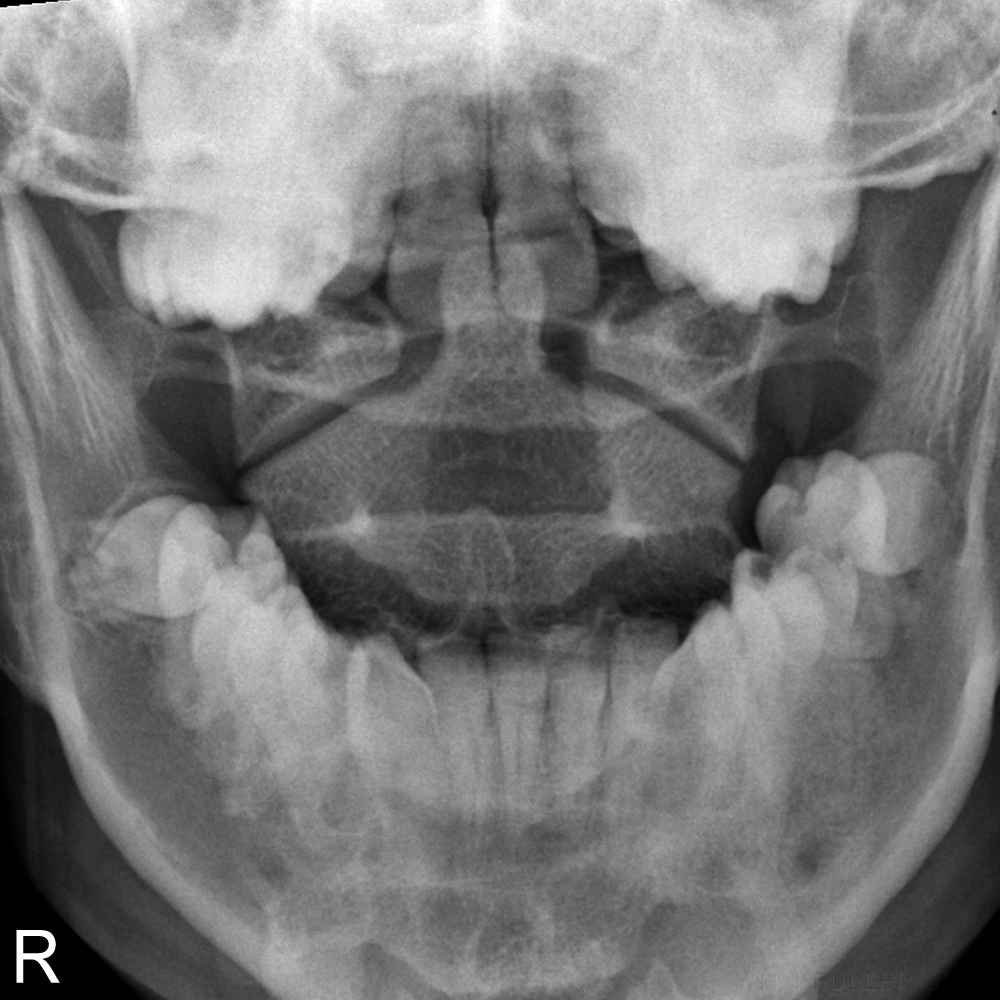

#Odontoid fracture non healing icd 10 series#
Our aims in this study therefore were as follows: 1) to study fractures of the odontoid in children with an emphasis on those with an open basilar synchondrosis 2) to compare the data with those of a series of children with a closed basilar synchondrosis and 3) to develop a useful working classification for fractures of the odontoid in childhood. Finally, a study comparing the outcome of odontoid fracture in the child with an unossified basilar synchondrosis with that of the child with an ossified synchondrosis has not been undertaken. 9, 17 The role of advanced imaging including CT and MRI needs to be determined. 10 Secondly, although there have been reports of associated injury to the spinal cord and traumatic brain injury, there are no studies with sufficient numbers of children from which to draw meaningful conclusions. First, there is no classification system for these fractures in children. 1, 5, 9, 13, 14 There are few large series 9, 15, 16 which focus on children and a number of important issues remain unresolved. Most of these are individual case reports or part of larger series including adults. Since 1951, at least 110 cases of odontoid fracture, also known as traumatic epiphysiolysis 11 or synchondritic slip, 12 have been reported in children. 2, 3 Prompt diagnosis and treatment are important because delay can lead to serious complications including neurological deterioration 4 and nonunion. Unlike those seen in adults, odontoid fractures in young children do not usually occur through bone at the base of the dens, but as a separation of the cartilaginous plate of the basilar or dentocentral synchondrosis between the dens and the body of the axis. Thus, fractures of the odontoid process in children with an open synchondrosis are distinct from those observed in older children with a closed synchondrosis and from those in adults. 1 The synchondroses of the axis remain open until approximately seven years of age and are at risk of fracture, even from a relatively low-energy injury. 1 Approximately 75% of these are fractures 1 and in younger children they are more likely to occur in the upper cervical region and fractures of the odontoid are the most common. It has been estimated that the prevalence of cervical spinal injuries in children is 7.5 cases per 100 000 individuals. We suggest staged treatment with initial stabilisation in a Halo body jacket and early fusion for those with unstable injuries, severe displacement or neurological involvement. Certain subtypes (type IA and type II) are likely to be missed on plain radiographs and therefore more advanced imaging is recommended. Those with an open synchondrosis had a comparatively lower incidence of traumatic brain injury, a higher rate of missed diagnosis and a shorter mean stay in hospital. Children with a closed synchondrosis were classified using the system devised by Anderson and D’Alonzo. There were four distinct patterns of fracture (types IA to IC and type II) which were distinguished by the site of the fracture, the degree of displacement and the presence or absence of atlantoaxial dislocation. We have reviewed the morphology of these fractures and present a classification system for them.


Fractures of the odontoid in children with an open basilar synchondrosis differ from those which occur in older children and adults.


 0 kommentar(er)
0 kommentar(er)
